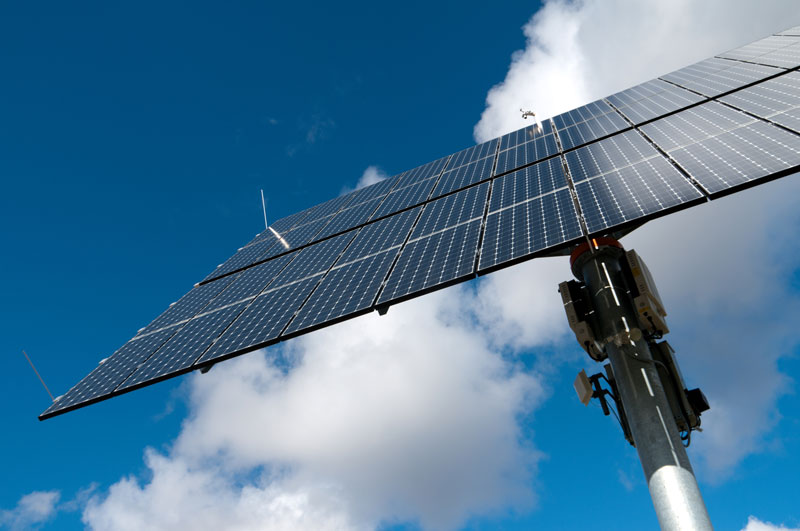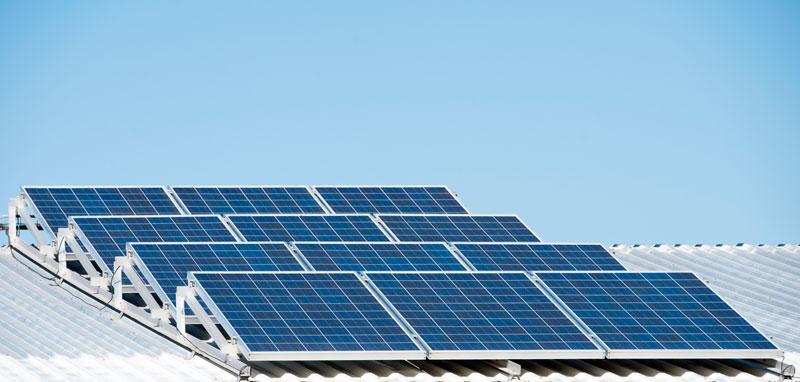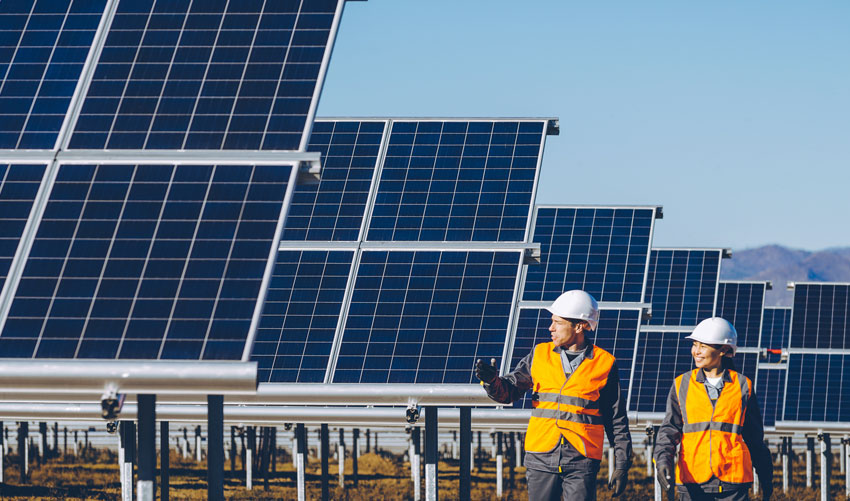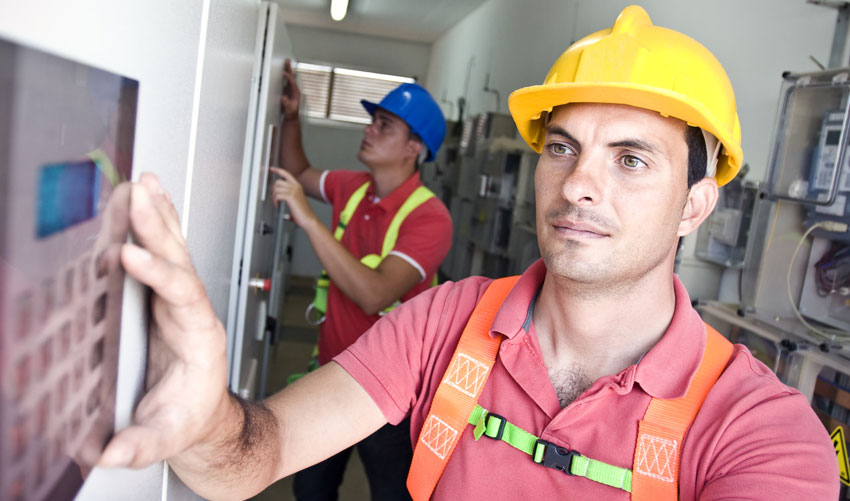Solar panels need a consistent stream of sunlight to be effective. However, with the constant rotation of the earth around the sun it can be easier said than done.
Fortunately, the rotation of the earth is consistent and reliable which gives the solar industry plenty of data to work with. Through this data, the industry has identified the direction solar panels should face regardless of where you live.
Here are the factors that contribute to what direction solar panels should face:
Geographical Location
The geographical location of the spot that will house the solar panel is an extremely important factor in its directional placement. Specifically, for most locations within the Northern Hemisphere placing your solar panels toward the true south or the South Pole provides the most sunlight.
Keep in mind, the “true south” is not always the magnetic south or the south that you will find if you look at a compass. Rather, it is directing solar panels to the actual physical southernmost point that will get you the best results.

For solar panels that are going to be installed in the southern hemisphere, you are going to use “true north” to decide what direction solar panels should face.
There are four different methods of figuring out the “true” direction of either the southern or northern hemisphere:
- The Shortest Shadow Method
- The Shadow of the Solar Noon
- The Magnetic Declination Method
- The Polaris Method
Additionally, you can check out the Solar Panel Angle by Zip Code.
Why is it so important to find the true direction to set solar panels correctly? When solar panels are set to the magnetic north or magnetic south (which is done via a compass) you can lose up to 3% energy collection. Normally, three-percent is not an astronomical amount but when you are talking about energy efficiency that three percent is a big deal.
Should Solar Panels Ever Face West?
Yes, there is a reason your solar panels might benefit you by being directed toward the west. Remember, you are dealing with the motion of the sun. So, if you have a standard tier-based rate structure with your utility company you are going to continue facing south, respectively.
However, if you have a time-of-use (TOU) rate structure, which means that you are only charged for the times you are using your energy, you might want to face your panels toward the west. This way you will get the most direct sunlight in the afternoon and evening when most residential energy is used. Why? Because most people are home from work when the sun is starting its descent and therefore you will get the most direct sunlight at the time of day you are actually using the most energy.
The TOU rate structure is not common but it does exist, so make sure that you take this into account when deciding your solar power placement and overall agreement.
Angles
The angle or the tilt of the solar panel is also another major factor in the correct placement and direction of solar panels. There are three different methods that could work for angling solar panels for the most effective solar energy collection.

Fixed Tilt: This tilt will stay throughout the year to give you a consistent stream of energy throughout the whole year and you do not have to do anything to it. However, if the panel is covered by snow there is no way to improve your energy collection until the snow melts.
Adjust the Tilt Twice Per Year: This will improve your energy consumption because you are adjusting for the major differences in the position of the sun throughout the year. For the northern hemisphere, the best dates to tilt solar panels using this method is March 30th and September 10th, while southern hemispheres are advised to tilt panels on September 29th and March 12th.
Adjust the Tilt Four Times Per Year: This angling method gives the best possible energy consumption because you are adjusting the tilt for every season. For the northern hemisphere, the best dates to tilt solar panels using this method is April 18th, August 22nd, October 5th, and March 5th. Southern hemispheres are advised to tilt panels using this method on October 18th, February 21st, April 6th, and September 4th.
While the different methods take a varying degree of commitment, it is most important to have some angle on your solar panels. If you have flat panels you will likely have a lot of issues with weather and debris impairing your solar collection capabilities.
In summation, there are a lot of particulars involved in helping you get the most out of your solar panels. However, the direction that your solar panels face is one of the most vital to ensuring you are receiving the maximum benefit.




